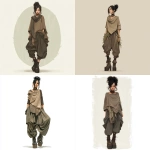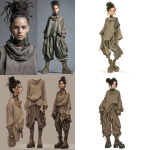Explore the Best AI Image Gallery

Wearable Tech Innovations: Transforming Creativity and Beyond
As technology continues to evolve, wearable tech has emerged as a critical component of our digital lives. From fitness trackers and smartwatches to augmented reality glasses, these innovations not only serve practical functions but also hold significant implications for creative industries. This blog post explores the impact of wearable tech innovations in the creative landscape, their potential applications, the ethical considerations surrounding them, and anticipated future trends.
1. Impact on the Creative Industry
Wearable technology has made substantial inroads into the creative industry, empowering artists, designers, and performers. Devices like smartwatches can facilitate instant editing of visual content, allowing creators to work more efficiently and effectively. For instance, photographers can use smartwatches to control their camera remotely, adjusting settings without having to physically touch the camera, thereby capturing moments that are fleeting.
Additionally, wearable tech has inspired new forms of art. Heavily embedded with sensors, these devices can translate movement into visual art or music. For example, artists utilizing motion-capturing gloves can create immersive digital installations that respond to the movements of the audience. Furthermore, the integration of AR and VR in wearable tech offers unique experiences in storytelling, allowing audiences to engage with narratives in unprecedented ways.
2. Potential Uses of Wearable Technology
The scope of wearable technology applications in the creative industry is vast. Here are a few notable examples:
- Smart Clothing: Fabrics embedded with technology can change color or pattern based on the wearer's surroundings, made possible through responsive dye technology. Designers can leverage this for fashion shows, creating dynamic lines that adapt to the ambiance.
- Fitness as Art: Some wearable tech focused on fitness, like smart bands, can record performance metrics and translate them into visual representations, enabling athletes to embody their physical experience through art.
- Interactive Performances: Wearable sensors can be programmed to react to the environment or audience, allowing performers to create interactive art that evolves based on real-time feedback.
3. Ethical Considerations
While the benefits of wearable technology are manifold, they also bring forth critical ethical considerations. Privacy is a primary concern; many wearable devices collect data on their users, leading to questions about who owns this data and how it can be used. Should artists or developers that utilize these devices in their work be required to inform users about data utilization? Moreover, bias in data collection—particularly in applications related to health and fitness—can skew results and perpetuate stereotypes within artistic expressions.
Another ethical aspect is the mental health implications. The constant connectivity provided by wearable tech can create pressure to always be 'on,' which may lead to issues of burn-out and anxiety among creatives. Balancing the utility of these devices while ensuring the well-being of users is paramount for responsible innovation.
4. Future Trends in Wearable Tech
The future of wearable technology is filled with exciting prospects. Here are several trends to watch in the coming years:
- Enhanced Augmented Reality: As AR technology improves, wearables will become a primary medium for experiencing art installations, making art more accessible to the public.
- AI Integration: Combining AI with wearables can lead to personalized experiences that adapt art and interactions based on user preferences, past behaviors, and even emotional states.
- Biohacking and Personalization: Creatives may leverage biohacking wearables that allow them to monitor their physiological responses, helping them understand which environments and conditions foster their highest levels of creativity.
In conclusion, wearable tech innovations are unequivocally influencing the creative landscape. From enhancing artistic expression to prompting ethical debates, the pathway forward holds immense promise for shaping the future of creativity. As we embrace these technologies, it will be essential to consider both their potential and their challenges, fostering an environment where innovation can flourish responsibly.


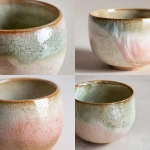

](https://images.ai-img.art/thumbnails/150/a386b7328d9a450c8a0cafbdad5815eeb35b0177d0e8fa85f97cbaa5fee75954.webp)


](https://images.ai-img.art/thumbnails/150/ec0cb0bee85af7229e33a02acb89441c1cf702d21b383b244148fbc0d36b85dc.webp)
](https://images.ai-img.art/thumbnails/150/42d2d357bc68a8f707abfc29c35e7c9b5388d6559e4e2b94ba648cf0cf734bb1.webp)





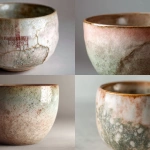

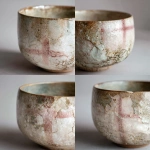

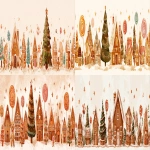
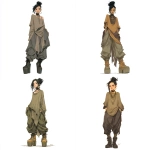





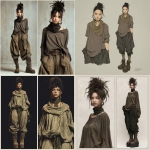
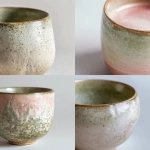

](https://images.ai-img.art/thumbnails/150/21e921e68d4754d45ff17adc76eeaabe152c41a580321a7ec899dcfdf935afca.webp)

